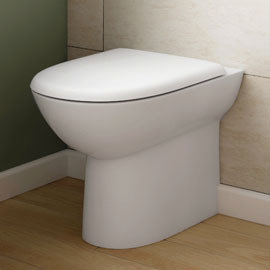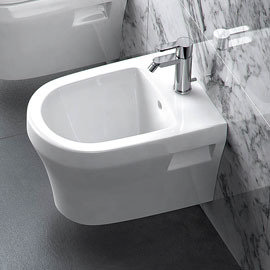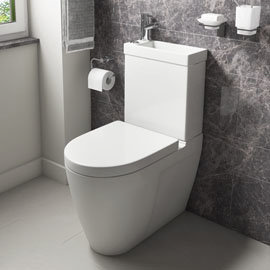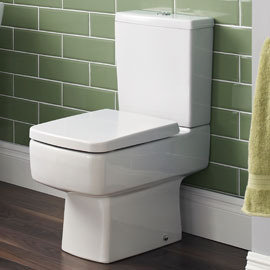UP TO 60% OFF SPRING SALE!
Free Delivery on Orders Over £499**
Traditional Toilets Buying Guide
Traditional Toilets Buying Guide
Traditional Toilets Buying Guide
- Shower Trays
- - Rectangular Shower Trays
- - Quadrant Shower Trays
- - Square Shower Trays
- - Offset Quadrant Shower Trays
- - Pentagonal Shower Trays
- - Slate Effect Shower Trays
- - Walk In Shower Trays
- Shower Cabins
- Quadrant Shower Enclosures
- Square Shower Enclosures
- Rectangular Shower Enclosures
- Frameless Shower Enclosures
- Offset Quadrant Shower Enclosures
- Shower Side Panels
- Shower Doors
Introduction
If you want to create a bathroom which looks like it belongs in a stylish period drama, then an integral aspect will be choosing just the right toilet to achieve an authentic period image. Luckily there are countless traditional toilet designs out there to select from so the main obstacle in your way is actually deciding which style will fit the look of the room best. In this guide we'll be looking at your options, and why they might be suitable for your particular space.
What styles are available?
Close coupled: The classic toilet design. Traditional close coupled items often feature more elaborately crafted designs than their modern counterparts. They usually feature a wooden lid too to further emphasise their timeless feel.
High level: For something a little more sophisticated, opting for a high level toilet will give your bathroom a truly authentic period aesthetic. These toilets feature a cistern which is placed higher up the wall than usual, and is connected to the pan via a flush pipe.
Low level: These toilets are a great compromise if you like the image of high level units but simply don't have the space to accommodate one. They work the same way but simply have a shorter flush pipe.
Things you need to know
There are a few things you need to understand before choosing your new toilet so you know exactly what you're getting before you buy.
What is included with a toilet?
When you purchase your new traditional toilet, what you will often receive is the pan and cistern. Lids will often need to be bought separately, which isn't such as bad thing as this allows some level of personalisation (a dark walnut wooden seat would look great in traditional settings for example). With high level units you will normally receive the pan, cistern and flush pipe. Extras such as seats and cistern brackets will usually have to be bought separately.
What isn't included with a toilet?
As we've already mentioned, sometimes you will need by buy seats separately. Other items which aren't usually supplied include inlet and waste pipes, wall mounting brackets and floor fixing kits. We've got a great set of 'essential items' which pop up when you add items to your basket, so don't forget to check these out for those important extras.
What are inlet and waste pipes?
These pipes are essential aspects of any toilet system. The inlet pipe is what supplies fresh water to the cistern while the waste pipe gets rid of water from the pan when the toilet is flushed.
How much water can a cistern hold?
The cistern capacity of toilets can vary depending on what design you go for. A UK cistern will normally hold around 6 litres however there are more eco-friendly options available which will hold slightly less while still being just as effective.



